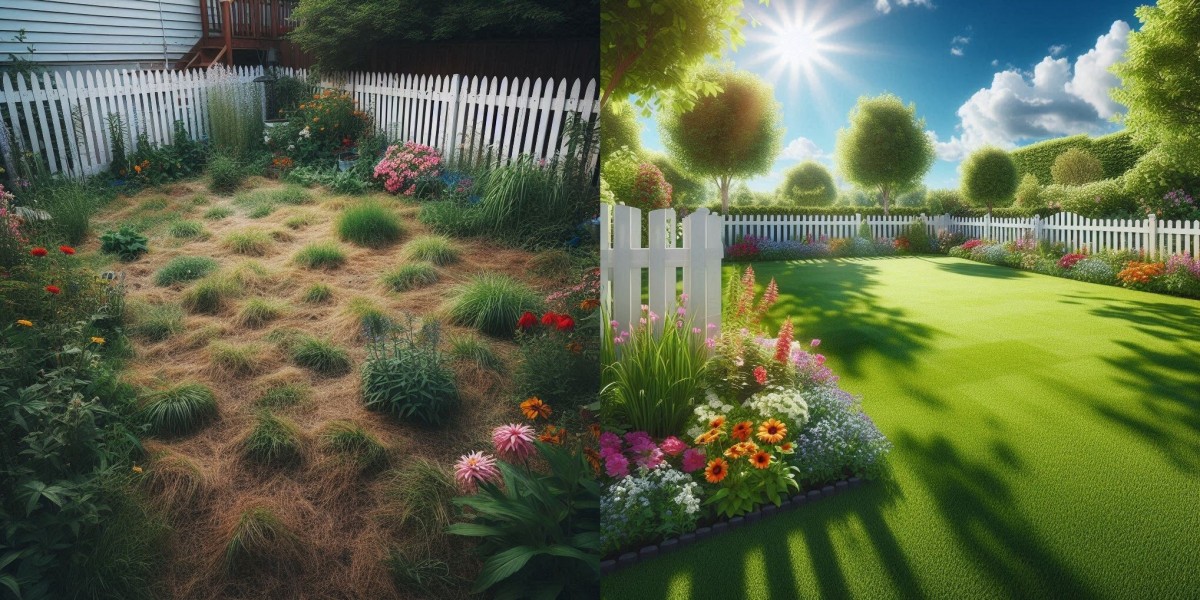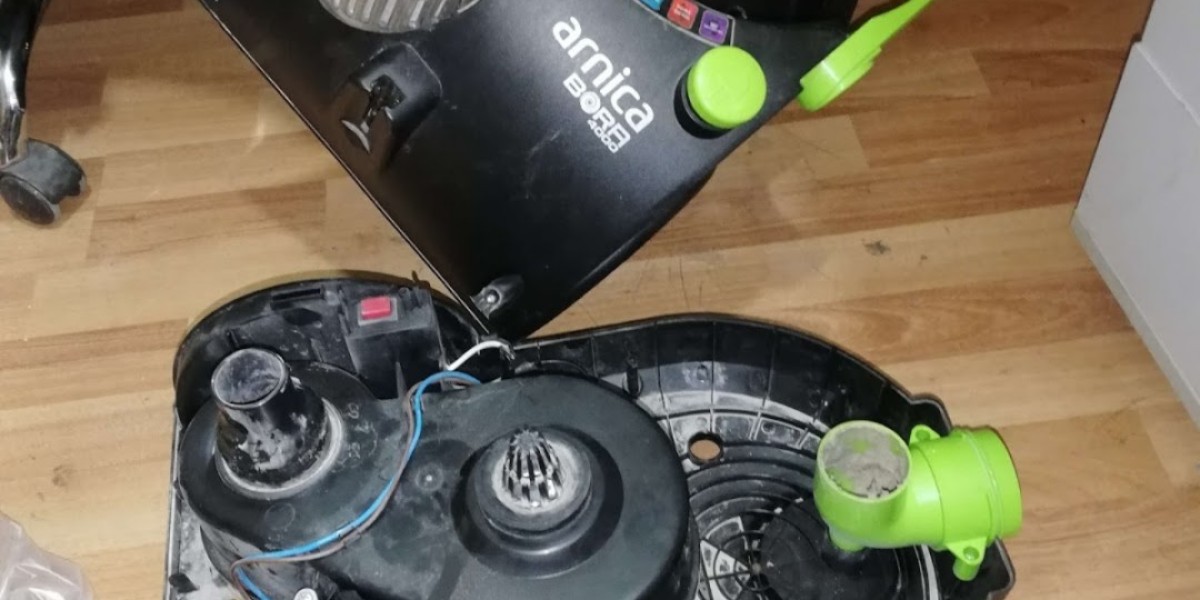Creating a lush, healthy lawn requires more than just regular mowing and watering. An effective lawn care regimen encompasses a variety of practices that promote growth, manage pests, and enhance the overall appearance of your outdoor space. This comprehensive guide will walk you through essential lawn care techniques, ensuring your yard becomes a vibrant sanctuary.
Understanding Your Lawn
Before diving into specific care practices, it's crucial to understand the type of grass in your yard. Different grass types thrive under varying conditions and require tailored care. Common cool-season grasses, such as Kentucky bluegrass and fescue, flourish in the northern regions, while warm-season varieties like Bermuda and zoysia are ideal for southern climates. Identifying your grass type will help you choose the right maintenance approach.
Soil Health: The Foundation of a Thriving Lawn
Healthy soil is the cornerstone of a lush lawn. To cultivate a vibrant green space, begin by testing your soil's pH and nutrient levels. This analysis will reveal deficiencies and guide you in selecting appropriate amendments. Organic matter, such as compost, can improve soil structure and nutrient content. Aeration is another critical practice that alleviates soil compaction, allowing water, air, and nutrients to penetrate deeper.
Watering Wisely
Watering your lawn is an essential component of lawn care. However, it's not just about the frequency but also the technique. Early morning is the best time to water, as it reduces evaporation and allows grass blades to dry before evening. Deep, infrequent watering encourages roots to grow deeper, making the grass more resilient to drought. Aim for about one inch of water per week, including rainfall, adjusting as necessary based on weather conditions.
Fertilization for Optimal Growth
Fertilization is vital for providing the nutrients your lawn needs to thrive. Understanding the different types of fertilizers—granular and liquid—can help you decide which is best for your lawn. A soil test will inform you of the specific nutrients required. Generally, applying fertilizer in the spring and fall aligns with the growing seasons of most grass types. When using fertilizers, be mindful of application rates to prevent over-fertilization, which can lead to burn and water pollution.
Mowing Techniques for Healthy Grass
Mowing may seem straightforward, but proper techniques can significantly impact your lawn's health. Maintaining the correct mower height is crucial. Taller grass encourages deeper root growth and shades the soil, preventing weed germination. A rule of thumb is to mow regularly, removing no more than one-third of the grass blade at a time. Keep mower blades sharp to ensure clean cuts, minimizing stress on the grass.
Managing Weeds: Prevention and Control
Weeds can quickly turn a beautiful lawn into an eyesore. Prevention is the best strategy, and a healthy lawn is your best defense. Thick, well-maintained grass can outcompete many weeds. For persistent weeds, consider using herbicides, but be cautious about timing and application methods. Spot-treating weeds is often more effective than blanket applications, which can harm beneficial plants.
Pest Control: Protecting Your Lawn
Pests can pose a significant threat to your lawn's health. Regularly inspect your lawn for signs of insect activity, such as discolored patches or visible bugs. Integrated Pest Management (IPM) combines cultural, biological, and chemical controls to address pest issues while minimizing harm to beneficial organisms. Encouraging natural predators, like ladybugs and predatory nematodes, can help keep pest populations in check.
Aeration and Overseeding: Revitalizing Your Lawn
Over time, lawns can become compacted, and grass can thin out. Aeration involves perforating the soil with holes to allow air, water, and nutrients to reach the roots. Following aeration with overseeding helps introduce new grass varieties, filling in bare spots and improving overall density. This practice is especially beneficial in early fall, allowing new seedlings to establish before winter.
Seasonal Care: Adapting to Change
Each season brings unique challenges and opportunities for lawn care. In spring, focus on cleaning up debris, fertilizing, and addressing weeds. Summer requires careful watering and monitoring for pests. Fall is ideal for aerating, overseeding, and preparing for winter. Finally, winter care involves maintaining a healthy lawn by avoiding heavy foot traffic on frozen grass.
Sustainable Lawn Practices
Embracing sustainable practices not only benefits your lawn but also the environment. Reducing chemical inputs, using organic fertilizers, and implementing xeriscaping techniques can lead to a healthier ecosystem. Consider incorporating native plants that require less water and are naturally resistant to local pests.
The Benefits of Professional Lawn Care Services
While DIY lawn care can be rewarding, enlisting professional lawn care services can save time and ensure expert results. Professionals have access to specialized equipment and products, along with the knowledge to create customized care plans. This approach can be particularly beneficial for those with large lawns or those who lack the time or expertise to manage their yard effectively.
For more detailed insights and specific techniques tailored to your lawn, check out the Lawn Care Guide. This resource is an invaluable tool for both novice and experienced homeowners looking to enhance their outdoor spaces.
Conclusion
A well-cared-for lawn not only enhances the beauty of your home but also provides a sanctuary for relaxation and enjoyment. By understanding your grass type, focusing on soil health, implementing proper watering and fertilization techniques, and addressing weeds and pests effectively, you can cultivate a vibrant green space. Consider seasonal adaptations and sustainable practices to maintain your lawn's health over time. Whether you choose to manage your lawn yourself or seek professional help, the rewards of a lush, beautiful lawn are worth the effort.
Transform your outdoor space into a flourishing retreat, and enjoy the many benefits a healthy lawn has to offer.

.jpg)
.jpg)
.jpg)






